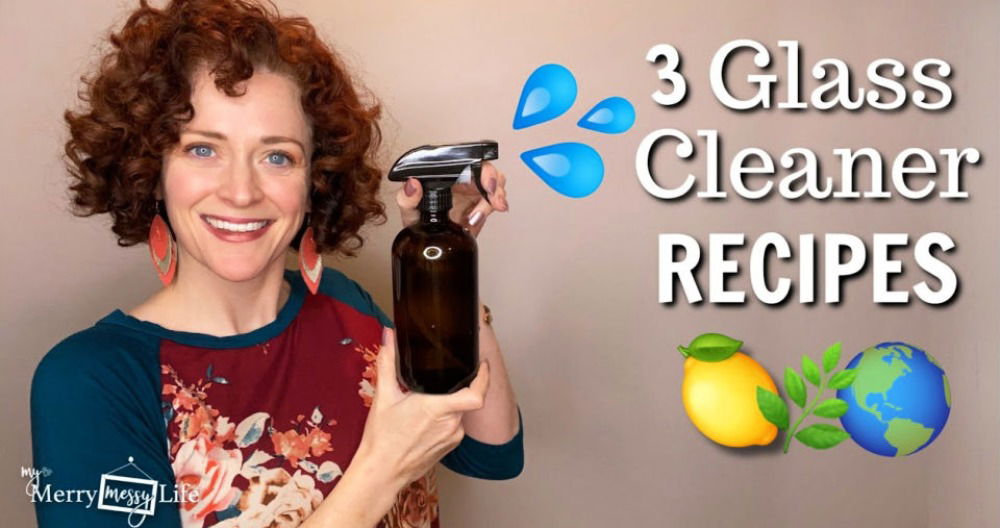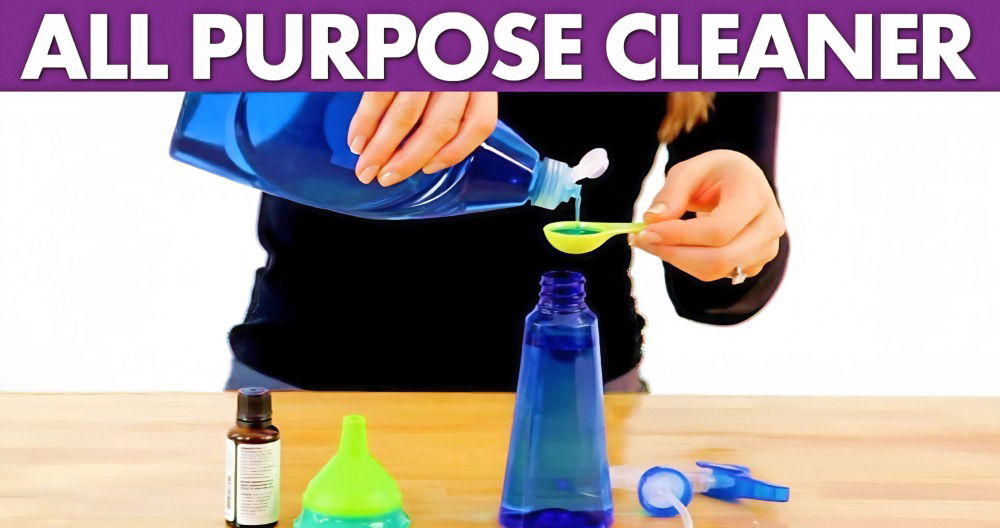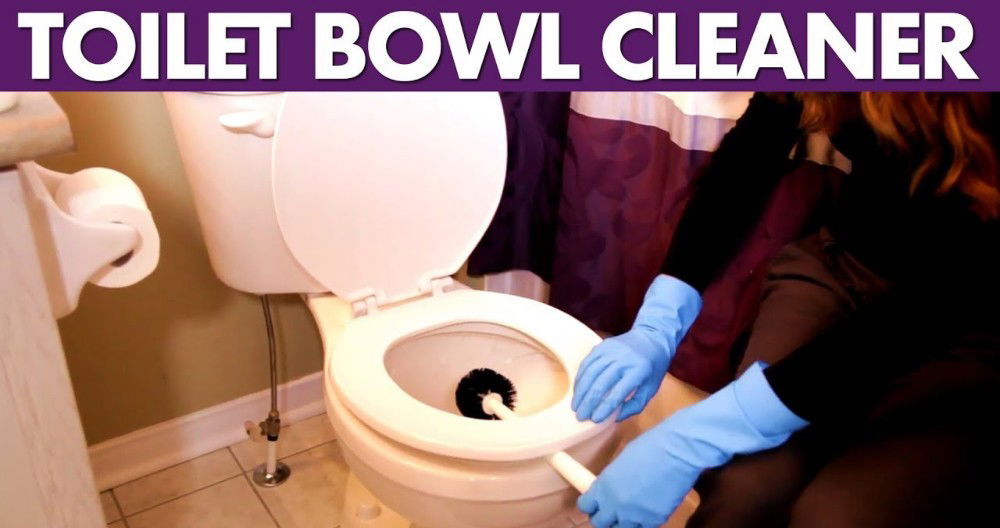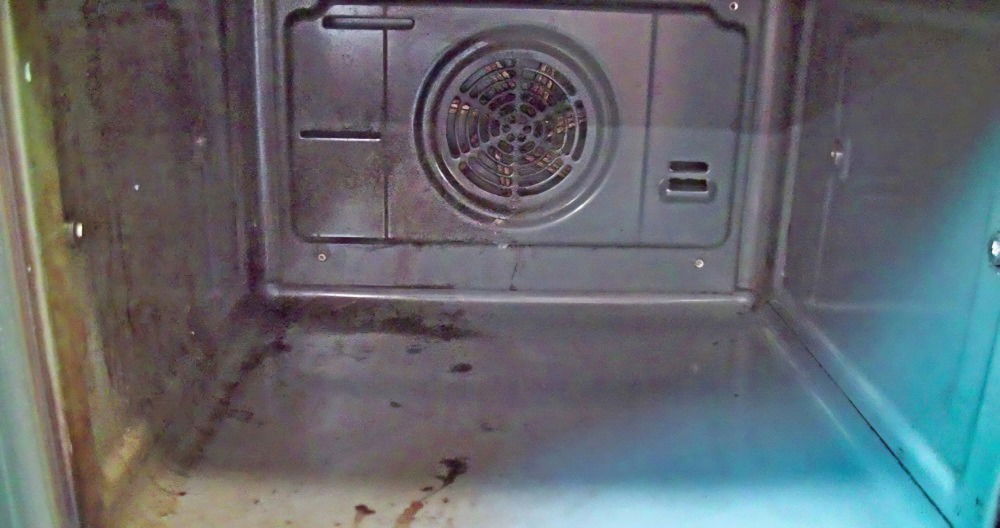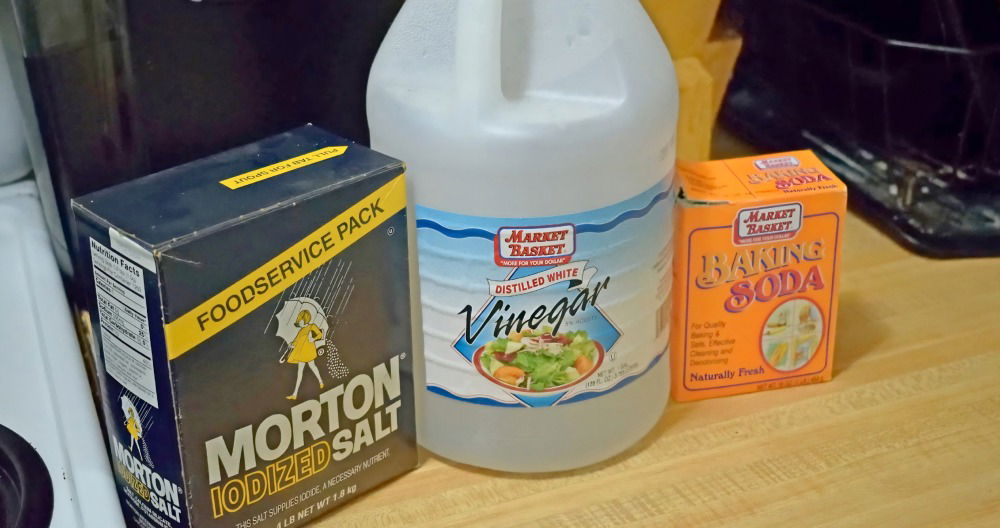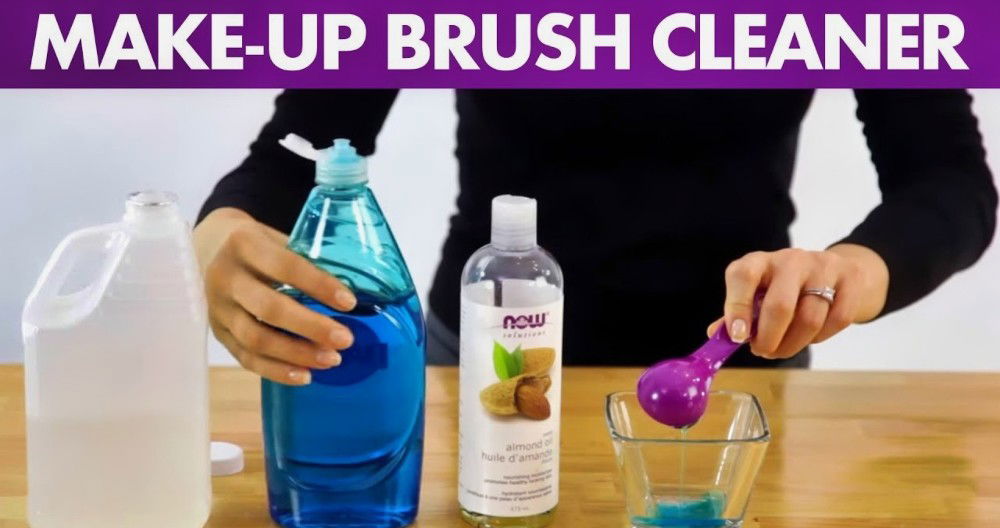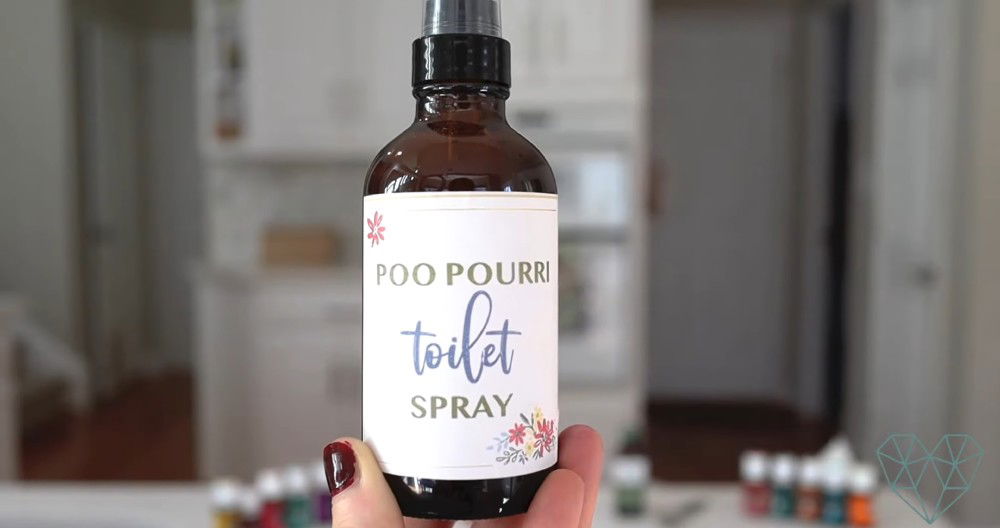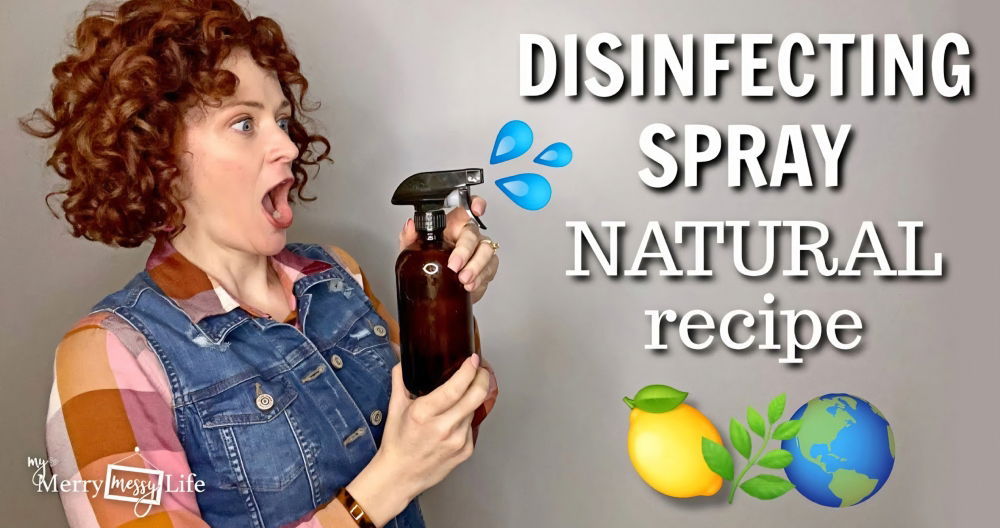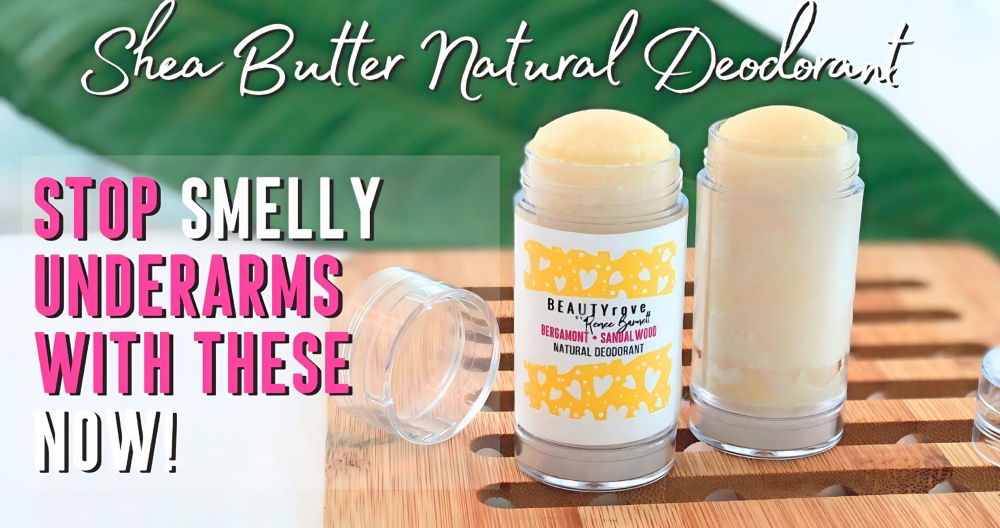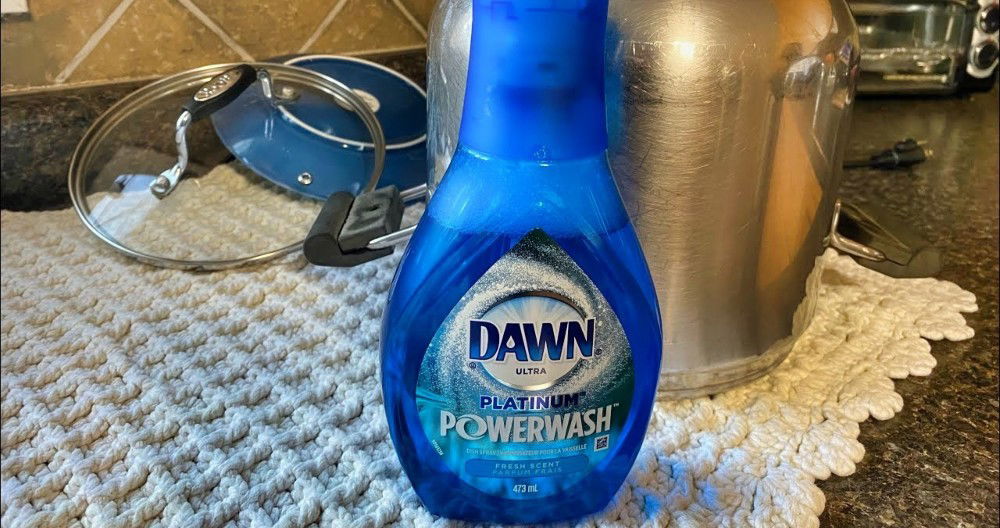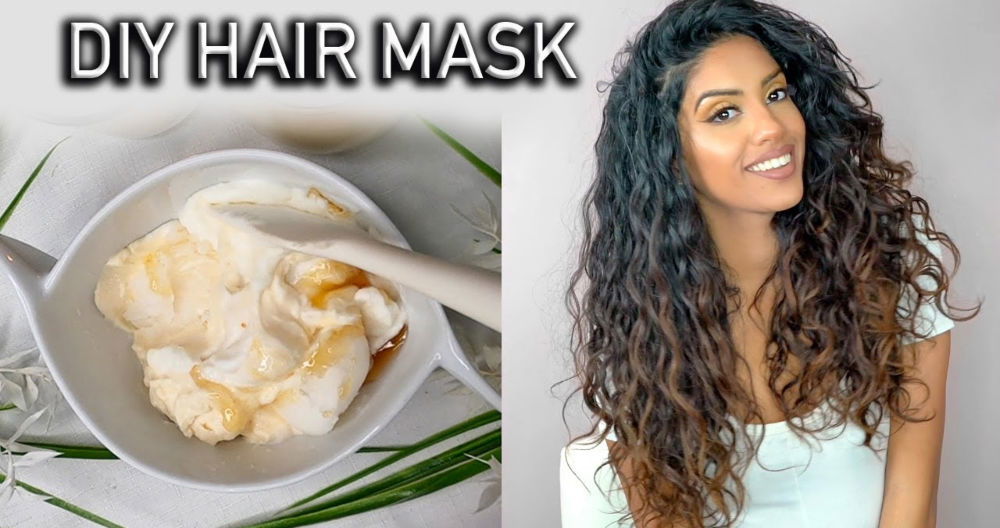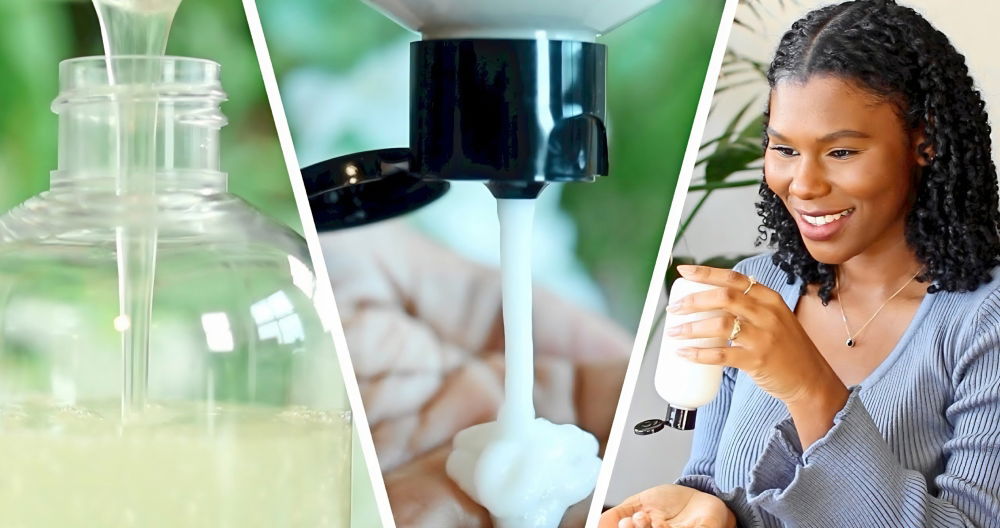I started making my own homemade floor cleaner last year. It was easy, much cheaper, and safer for my family. Commercial cleaners often have strong chemicals that can irritate skin and eyes. This recipe uses simple ingredients you probably already have at home. It's gentle yet effective. Plus, it smells great and leaves my floors shiny and clean.
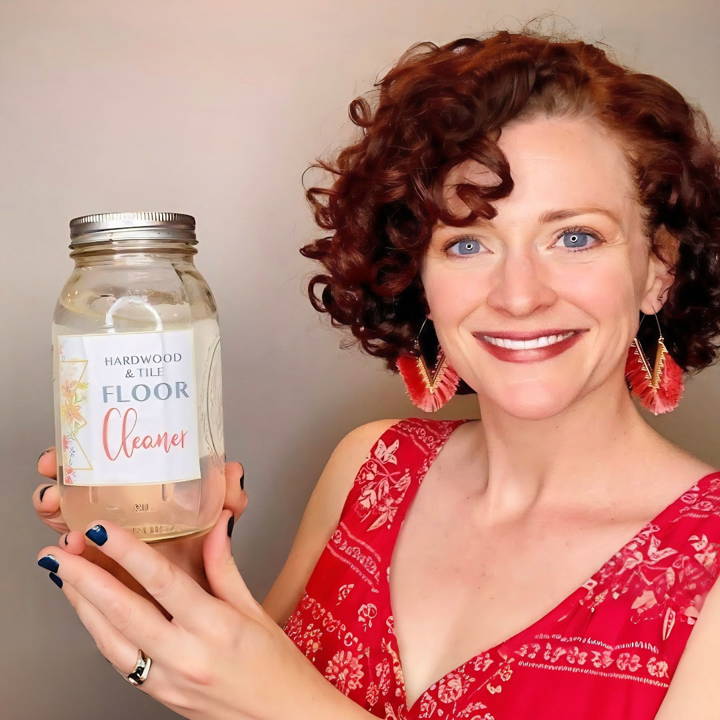
If you're tired of spending money on store-bought cleaners, this DIY floor cleaner is a great solution. You can customize the scent and make as much as you need, ensuring you're never out of cleaner. It works on various floor types, including tile, wood, and vinyl. Just mix common household items, and you're ready. Everyone should try this easy and effective cleaner.
Why Go Natural?
The motivation was strong. Store-bought cleaners, like Mop and Glow, are packed with chemicals that have a high toxicity rating. Learning about their potential harm, especially to unborn fetuses, was alarming. As someone who shares their home with pets and occasionally walks around barefoot, the risk was too immediate to ignore. The harmful effects of artificial fragrances and ingredients such as sodium hypochlorite (bleach) propelled me to seek out natural alternatives.
Gathering the Materials
The recipe called for simple, easily accessible ingredients, each serving a crucial purpose:
- Water - The base of the cleaner, making it easy and cost-effective.
- Dr. Bronner's Sal Suds - A natural, biodegradable soap that's tough on dirt but gentle on floors.
- Distilled White Vinegar - Acts as a natural disinfectant and cleaner, minus the harsh smells of chemical alternatives when diluted.
- Essential Oils (optional) - Lemon essential oil is my go-to for its cleaning power and refreshing scent, enhancing the cleaning experience.
Each of these ingredients is safe for the environment and human health, aligning with my goal of making a non-toxic home.
Step by Step Instructions
Learn how to make an effective homemade floor cleaner with our step-by-step instructions. Perfect for a natural, cost-effective cleaning solution.
1. Combine the Ingredients
Mixing the cleaner was straightforward. For every 3 cups of water, I added 1/4 to 1/3 cup of distilled white vinegar and a half tablespoon of Dr. Bronner's Sal Suds. The option to add 5-10 drops of essential oils allowed for customization based on personal preference and the needs of my home.
2. Fill Your Cleaning Device
Whether using an electric mop, a traditional mop, or a Swiffer WetJet, the process remains the same. Fill the device's container with the mixed solution, and you're ready to go.
3. Label for Convenience
Following Sarah's advice, I put the mixture in a 32-ounce mason jar, labeling it with both a decorative and instructional label. Having the recipe on the back made refills a breeze, ensuring I never needed to revisit the video or notes. This small step saved time and made the cleaning process more enjoyable.
The Outcome
Switching to this DIY cleaner had an immediate effect. No longer did I worry about the health impacts of my floor cleaner on my family and pets. The absence of harsh chemicals meant no more sneezing or coughing fits after a cleaning session. The natural scent of lemon brought a refreshing ambiance to the home that artificial fragrances could never achieve.
Why You Should Make the Switch
Empowering myself to take control of the cleanliness and safety of my home environment has been enlightening. Using this DIY natural hardwood and tile floor cleaner is not just about cleaning; it's about ensuring the health and well-being of everyone in your home. The ease, cost-effectiveness, and environmental benefits are bonuses that come with making a switch to natural cleaners.
Customization Tips for Homemade Floor Cleaners
Making a homemade floor cleaner can be a rewarding and effective way to keep your floors sparkling clean. However, not all floors are maked equal, and what works for one may not be suitable for another. Here are some tips to customize your homemade floor cleaner for various types of flooring:
Hardwood Floors:
- Use Mild Ingredients: Hardwood floors require gentle cleaning to prevent damage. Use a mixture of warm water and a small amount of mild dish soap.
- Avoid Vinegar and Citrus Oils: These can damage the finish on your hardwood floors over time.
- Dry Immediately: After mopping, use a clean, dry microfiber cloth to remove any excess moisture.
Tile Floors:
- Embrace Vinegar: Tile floors can handle a more robust cleaner. Mix equal parts water and white vinegar for an effective tile cleaner.
- Baking Soda for Grout: If your grout needs attention, make a paste of baking soda and water, apply it to the grout, let it sit, then scrub gently.
Laminate Floors:
- Alcohol and Vinegar Solution: Combine 3 parts water, 1 part vinegar, and a squirt of dish soap with a few drops of rubbing alcohol for a streak-free shine.
- No Steam Mops: The heat can cause laminate to warp, so stick to a damp mop or cloth.
Scented Cleaners:
- Essential Oils: Add a few drops of your favorite essential oils to your cleaning solution for a fresh scent. Popular choices include lavender, lemon, and peppermint.
- Herbal Infusions: Consider infusing your vinegar with herbs like rosemary or thyme for a natural fragrance.
Extra Cleaning Power:
- Hydrogen Peroxide: For a disinfecting boost, add a small amount of hydrogen peroxide to your solution.
- Castile Soap: A little castile soap can add extra cleaning power to your solution without harsh chemicals.
First, test your homemade cleaner on a hidden spot to ensure it won't harm your flooring. Tailor your cleaner for your floor type to avoid damage and keep it looking great.
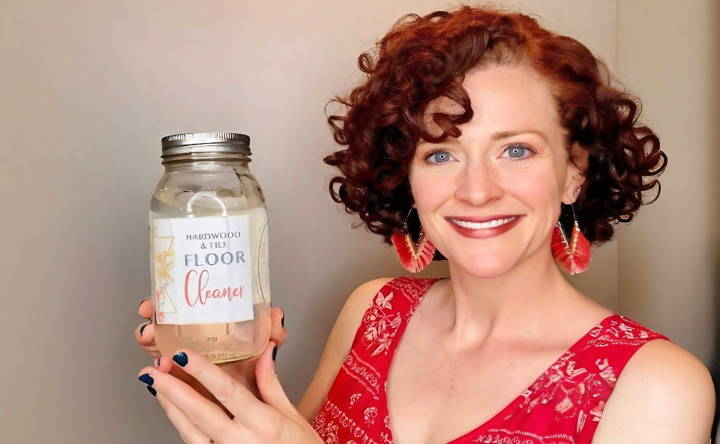
Safety Precautions for Homemade Floor Cleaners
When making and using homemade floor cleaners, safety is paramount. Here's how to ensure you're protecting yourself, your family, and your pets while keeping your floors clean:
Proper Ingredient Handling:
- Read Labels: Even natural ingredients can have risks. Read all labels and understand the properties of each component.
- Measure Correctly: Use precise measurements to avoid making overly strong solutions that could be harmful.
Safe Mixing Practices:
- Ventilation: Mix ingredients in a well-ventilated area to avoid inhaling fumes.
- Avoid Dangerous Combinations: Never mix bleach with vinegar or ammonia, as it can make toxic gases.
Application and Storage:
- Use Gloves: Protect your skin by wearing gloves, especially if you have sensitive skin or allergies.
- Label Containers: Clearly label all homemade cleaner containers with ingredients and dates.
- Childproof Storage: Keep all cleaners, even homemade ones, out of reach of children and pets.
Disposal:
- Eco-Friendly Disposal: Dispose of any unused cleaner according to your local guidelines for eco-friendly waste disposal.
- Recycle Containers: Recycle or repurpose containers when possible to reduce waste.
Pet Safety:
- Pet-Friendly Ingredients: Choose ingredients that are safe for pets, avoiding those known to be toxic, like certain essential oils.
- Keep Pets Away: During cleaning, keep pets in a separate area until floors are dry to prevent ingestion or skin contact.
Follow these precautions to ensure your DIY cleaning is safe and effective. Prioritize safety and consult a professional or safety data sheet if you are unsure about ingredients.
FAQs About Homemade Floor Cleaner
Discover answers to common questions about homemade floor cleaners, including ingredients, effectiveness, and safe usage.
Homemade floor cleaners offer several advantages. They are often safer for your family and the environment as they don’t contain harsh chemicals. They can also be more cost-effective, as they use ingredients commonly found in your pantry. Additionally, they can be just as effective, if not more so, than commercial cleaners.
While homemade floor cleaners are versatile, it’s important to use the right recipe for your floor type. For example, vinegar-based cleaners are not recommended for marble or granite as they can harm porous stone. Always test a small, inconspicuous area first to ensure compatibility.
Yes, here are a few tips:
Vacuum instead of sweeping to remove fine grit before mopping.
Use distilled or filtered water if you have hard water to prevent mineral streaks.
Do not use homemade cleaners with steam mops.
Rinse or change your mop head frequently to avoid spreading dirt.
When making your own floor cleaner, it's important to avoid mixing certain ingredients that can be harmful or ineffective. For instance:
Do not mix vinegar with bleach, as it makes toxic chlorine gas.
Avoid using too much soap, which can leave a residue and attract more dirt.
Steer clear of ammonia on laminate or waxed floors, as it can strip the finish.
To make an eco-friendly floor cleaner, consider the following tips:
Use biodegradable soap to avoid introducing harmful chemicals into waterways.
Choose essential oils from sustainable sources to ensure they're environmentally responsible.
Reuse containers to mix and store your cleaners, reducing plastic waste.
Opt for ingredients with a low environmental impact, such as baking soda and vinegar, which are natural and widely available.
Final Thoughts
In conclusion, making your own homemade DIY floor cleaner recipe can be both cost-effective and satisfying. By using simple, non-toxic ingredients, you ensure a cleaner environment for your home. Follow this step-by-step guide for a safe and efficient homemade floor cleaner that works wonders. Your floors will shine, and you'll save money in the long run. Try this diy floor cleaner today for a greener, cleaner home.


